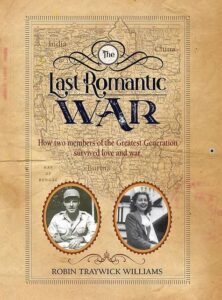
Alexander, Ann Field. Race Man: The Rise and Fall of the “Fighting Editor” John Mitchell Jr., University of Virginia Press, 2002
Review by Dick Hall-Sizemore
John Mitchell, Jr. was a major figure in Richmond and Virginia public affairs in the late 19th and early 20th centuries. Over the course of this career, he was a nationally known newspaper editor, a member of Richmond City Council, president of a bank, and a gubernatorial candidate.
In her well-researched biography, Ann Alexander tells Mitchell’s story in fascinating detail. In the course of following the life of Mitchell, the book provides insight into the political and social lives of middle-class Blacks in Richmond’s Jackson Ward in the late 19th century. There is also a discussion of the effects of the Readjuster movement and the subsequent defeat of the Readjusters and rise of the Democratic party in the city and state.
John Mitchell, Jr., the child of slaves, was born July 11, 1863, at Laburnum, an estate in Henrico County on the outskirts of Richmond. His parents were house servants of James Lyons, a prominent Richmond attorney. After Laburnum burned to the ground less than a year after Mitchell’s birth (the result of suspected arson by a disgruntled slave), the Lyons family eventually relocated to one of Richmond’s finest houses, a Greek Revival mansion on Grace Street near Capitol Square. Continue reading

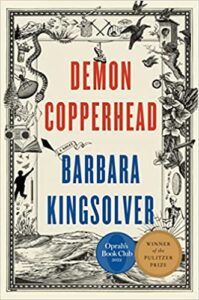 Kingsolver, Barbara. Demon Copperhead. Harper, 2022
Kingsolver, Barbara. Demon Copperhead. Harper, 2022 by Dick Hall-Sizemore
by Dick Hall-Sizemore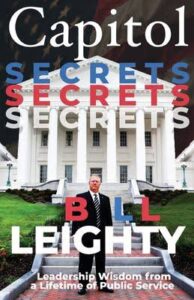

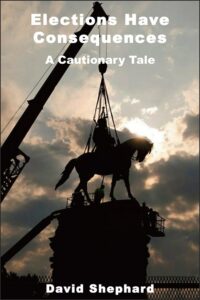
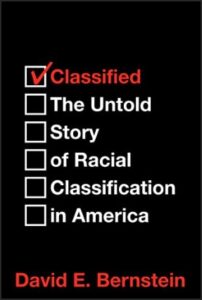

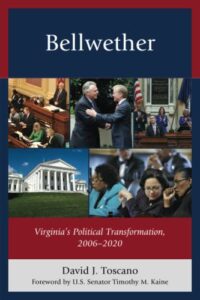
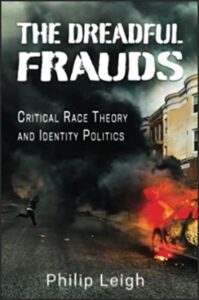
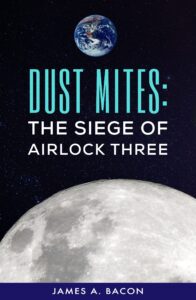
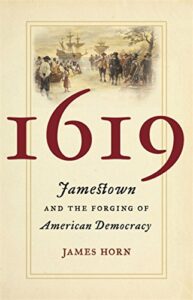 by Dick Hall-Sizemore
by Dick Hall-Sizemore
